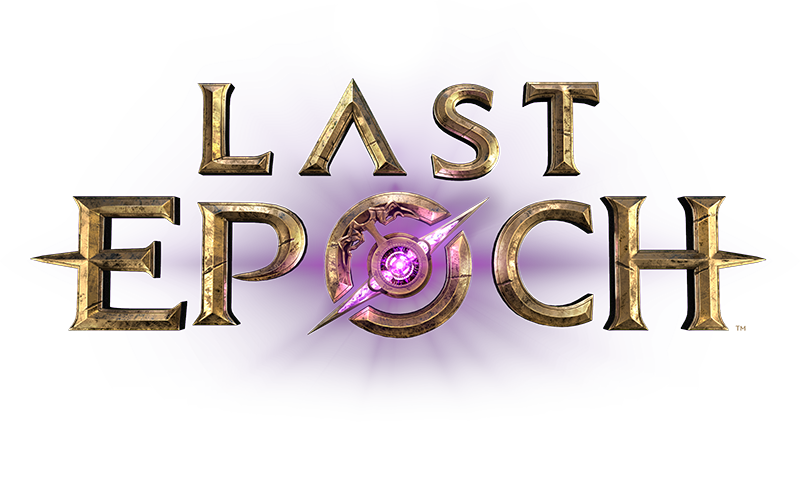Man, these posts get so long, I’ll try to condense things, meaning I’ll skip past a lot of stuff.
Again, we don’t know the numbers for D3, but judging by sales numbers and normal player retention, we can safely assume that D3 had more seasonal players than D3 did. Much like we can do the same for D4. Both games have much more forgiving RNG (to the point where it’s negligible) than PoE. They’re more popular. Does that make them better?
ADOM vs ToMe is the same thing. ADOM appeals to more casual players of the genre, whereas ToMe appeals to the more hardcore ones.
This is a game identity issue, not “it’s more popular therefore it’s better”.
And yet there are still a lot of players that consider D2 to be the peak of this genre, with its unforgiving RNG. And you still get players crafting thousands of items even though crafting in D2 has the worse RNG of any ARPG ever, where you have to craft hundreds of items to get a single usable item. And you can’t keep reusing the same items.
That is where you’re wrong. There are no guarantees. Which is my whole point. You can farm hundreds of shades and an omnis might not fall for you ever. Reducing variance via your system means that you will be guaranteed one (even if your system is just for FP (for now) the same principle applies), because it affects rolls over time.
You do get an optimal result more than 50% of the time. That’s the effect that 2 rolls have. For example, if you have a 1d20 roll, you’re expected to get an average of 10.5 over time. If you use 2d20 and pick the highest, you’re expected to get an average of 13.5 over time. 2 rolls clearly favour your success chances. And when you add the glyph of hope (25% chance it won’t spend anything) and critical success (don’t know the odds of that one), it’s clear that the rolls are clearly in your favor.
Which is why you can pick an exalted and more often than not max the affixes. You just remember the failures more clearly, but that’s just perception bias.
The LP system is not due to a rework for a while. It functions in relativity better compared to the acquisition+crafting aspect of exalted bases. Hence no, I don’t think people would reasonably demand this until the chances becoming skewed into the other direction.
People already demand it. Besides, it’s exactly the same thing. You have cases of people doing 15+ slams and not getting the affix they want. You want a normative formula that will eliminate these outliers. It’s obvious that the next step will be applying it to LP slamming and to affix roll ranges.
Bottom line, you’re just asking for reduced RNG. You want to cut off the high and low outliers. Well, that is reducing RNG.
It’s like having a system where if you keep flipping heads on a coin you get increasingly better odds of flipping tails until you’re guaranteed to hit it.
Whichever way you look at it, it’s reducing RNG. Both the bad and the good.
And, even more importantly, it’s something that only affects BiS and high-end item chasing. Because every other gear is already easy to find/make.
As for the programming, I’ll just condense all answers into 3 points:
1- One of the most common ways programmers waste time is by not analyzing in advance what the changes should be and what they affect. You start working on the code and then realize that what you’re doing can’t be done that way because it didn’t take into account something else that is affected by it.
There’s a reason why companies spend a lot of money on analyst teams and on system designers. A hint: it’s not because they like to spend money.
It’s also the same reason why you have so many people studying development systems like agile or scrum over the years.
2- I have no idea how their code is done, but I find it quite likely that there’s a single function for all the rolls. One that gets fed the min and max ranges, along with multipliers and gets called everywhere you need a roll. Which means that making changes to this means that you have to analyze the whole code to see the impact it can have on other systems. Otherwise you might be breaking the code elsewhere. Probably even in a place the dev that is doing the change isn’t even aware exists.
Because very large codes with very large teams means that individual programmers aren’t usually aware of most of the code. That’s why you get a software designer that is aware of the whole system and its interactions.
3- Even if we were to assume that this would just take 1h to code (let’s ignore the design and testing phases), there are already hundreds of other changes that need to be made that also take 1h. So things get prioritized. And many changes that only take 1h get pushed back for months or even years, because there are more important things to work on and too little time to do it in.
Which is why a modder can do something in a day that a team won’t do in months. It’s not because they’re slower or bad at their jobs. It’s because the modder is focused on a single issue and gives it their priority, whereas the team has hundreds of stuff to do so that single change gets pushed back to work on more important things.
A team having hundreds or even thousands of things to work on even often makes it so they actually ignore some things as not important. If something is working, it just isn’t working as well as it could, oftenly it gets completely ignored in favour of the important stuff.

